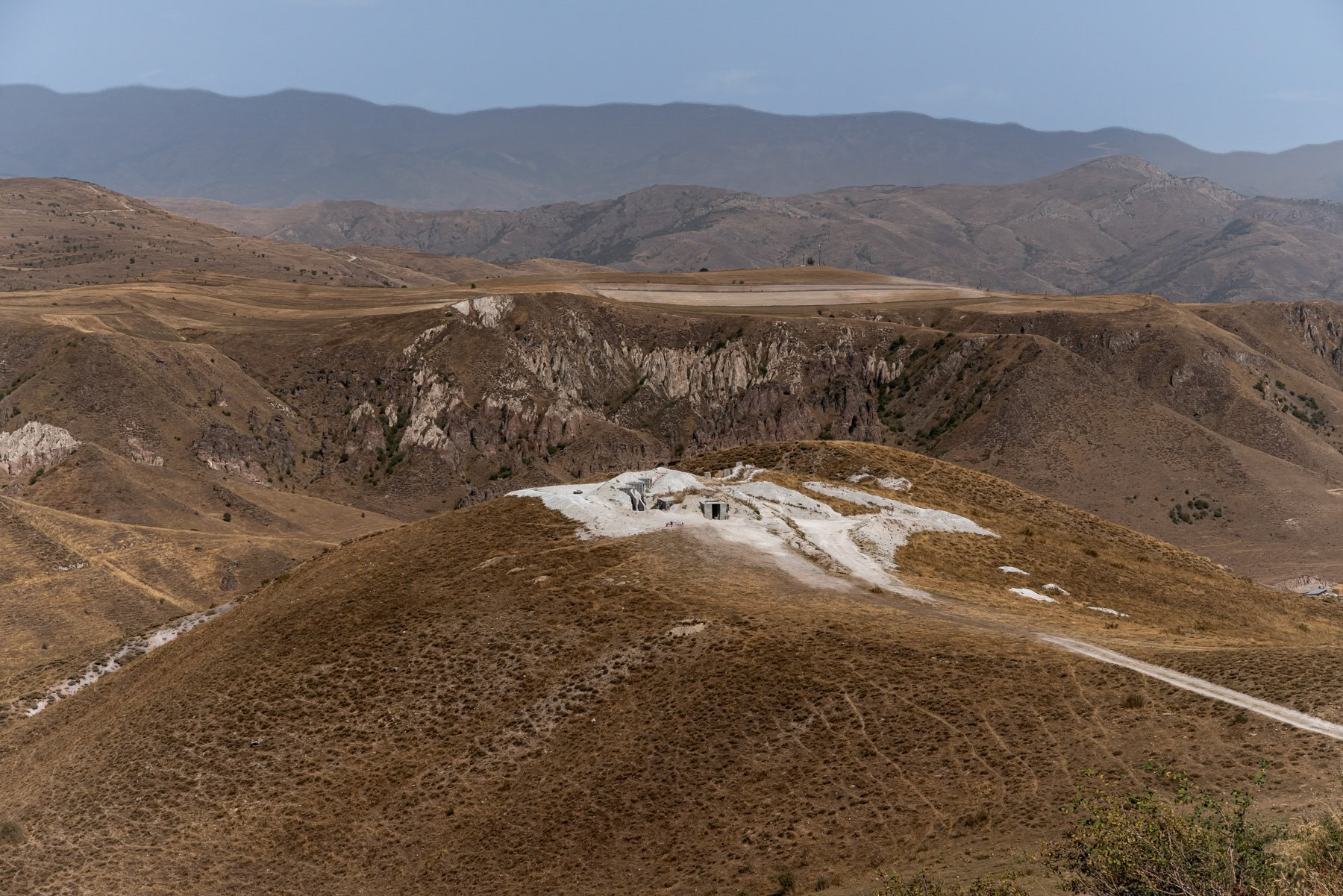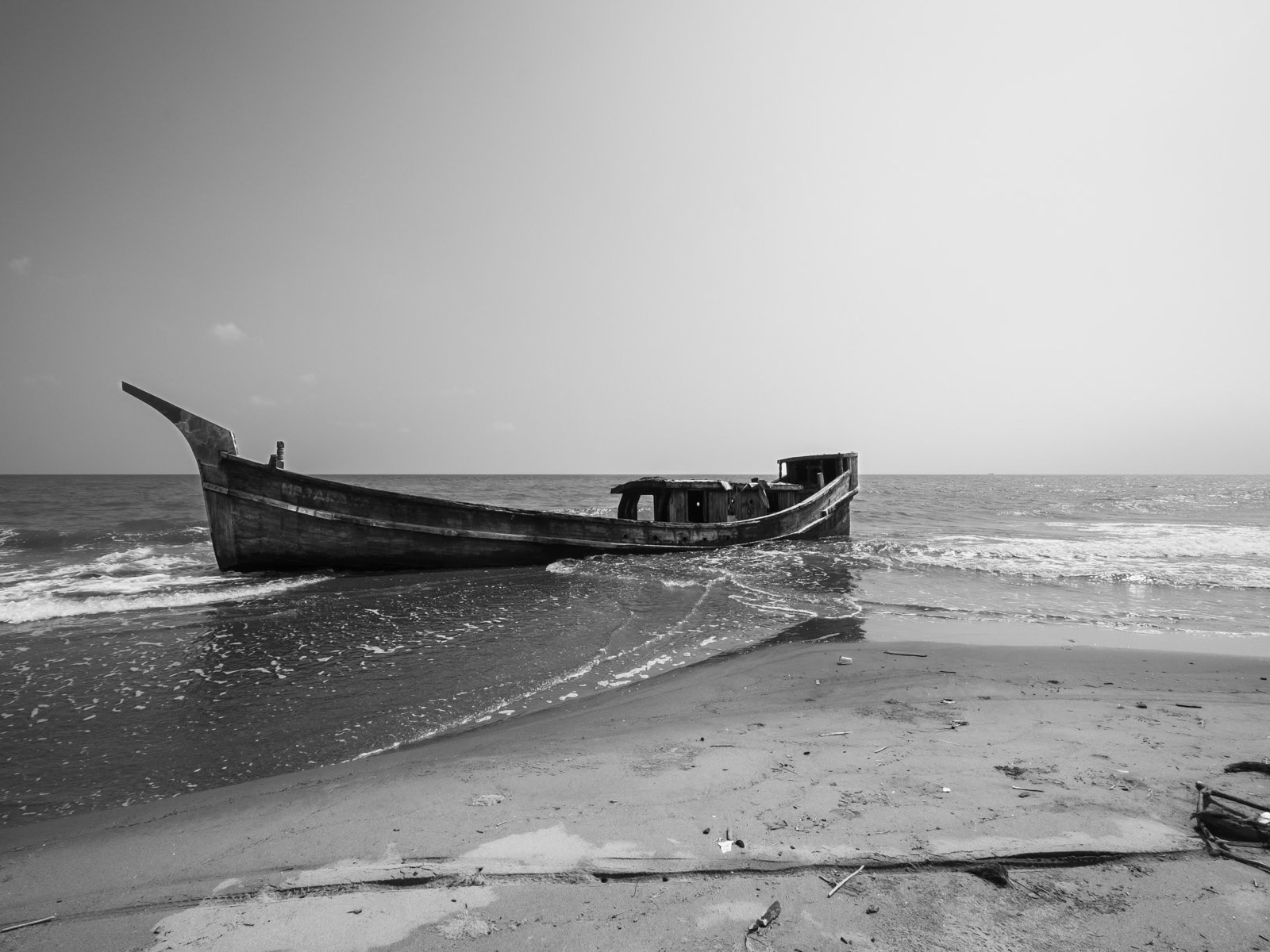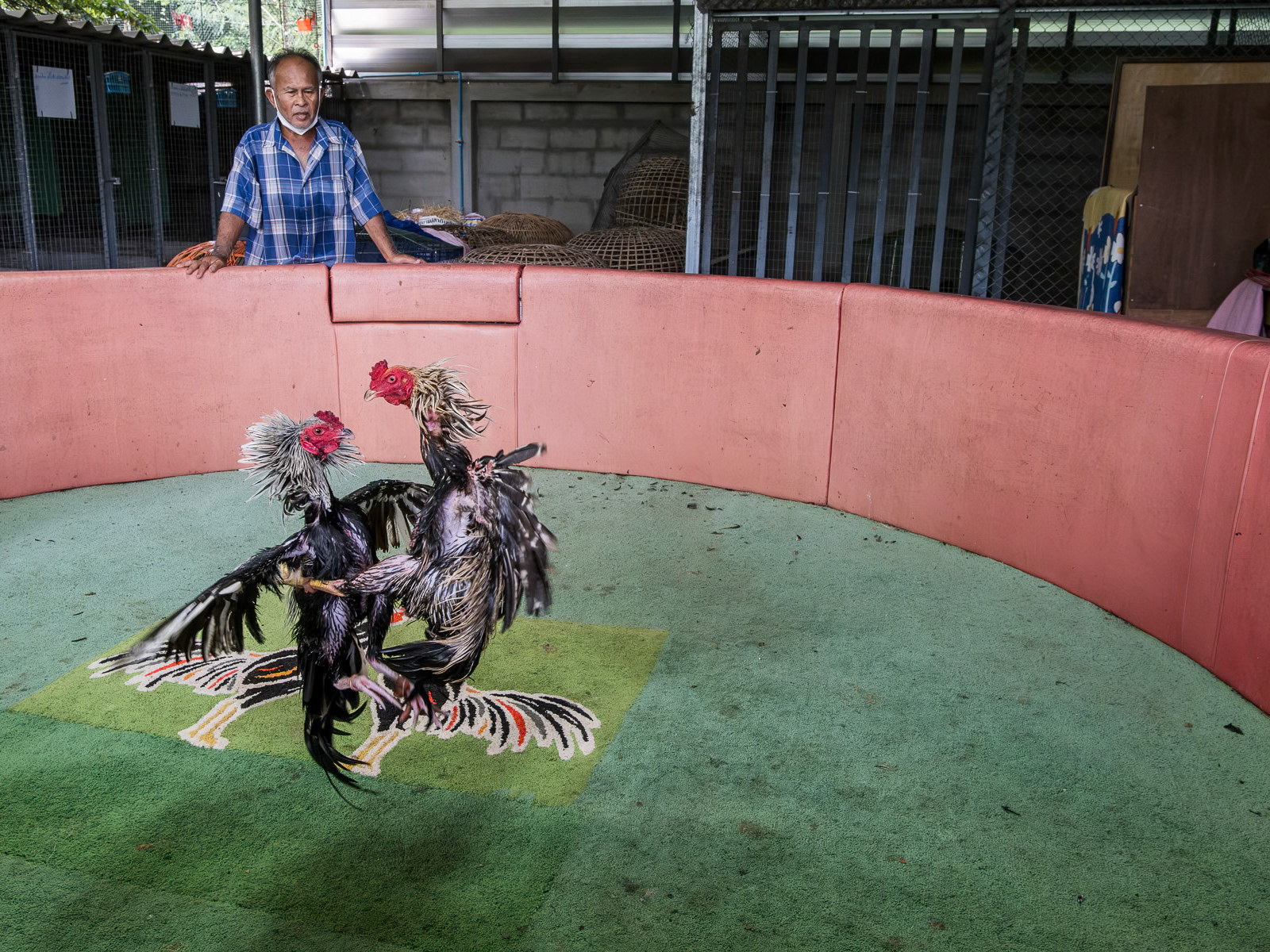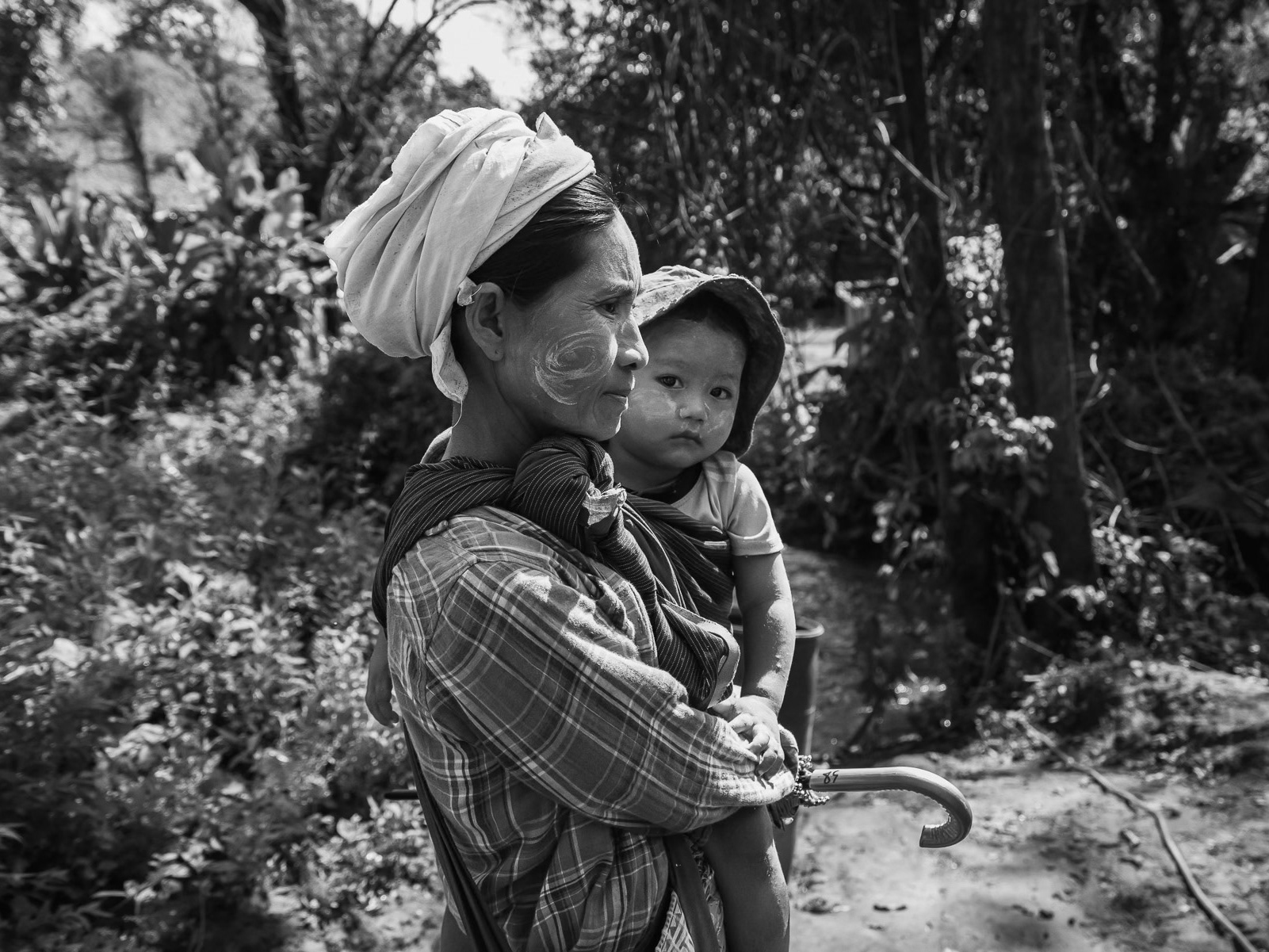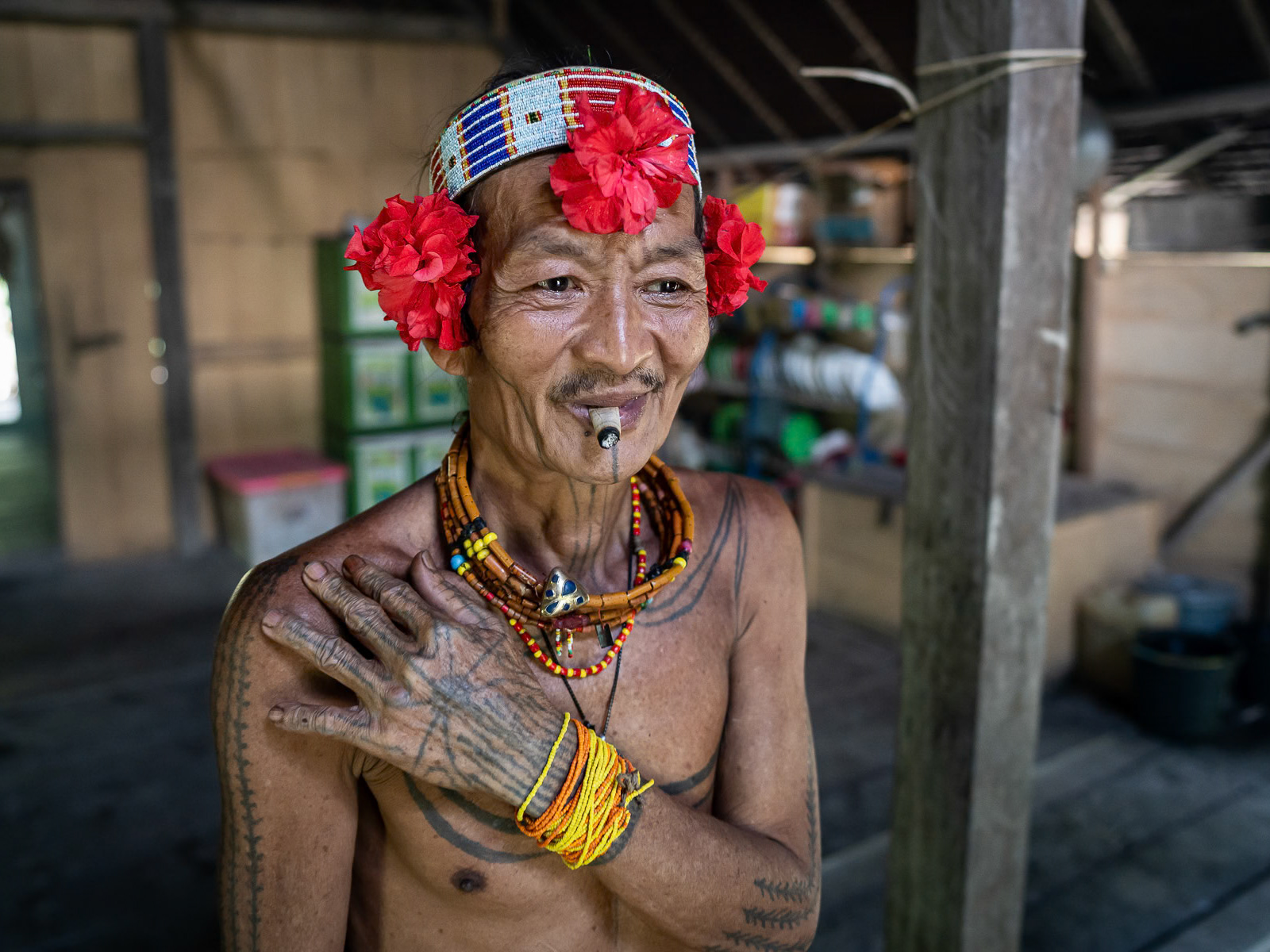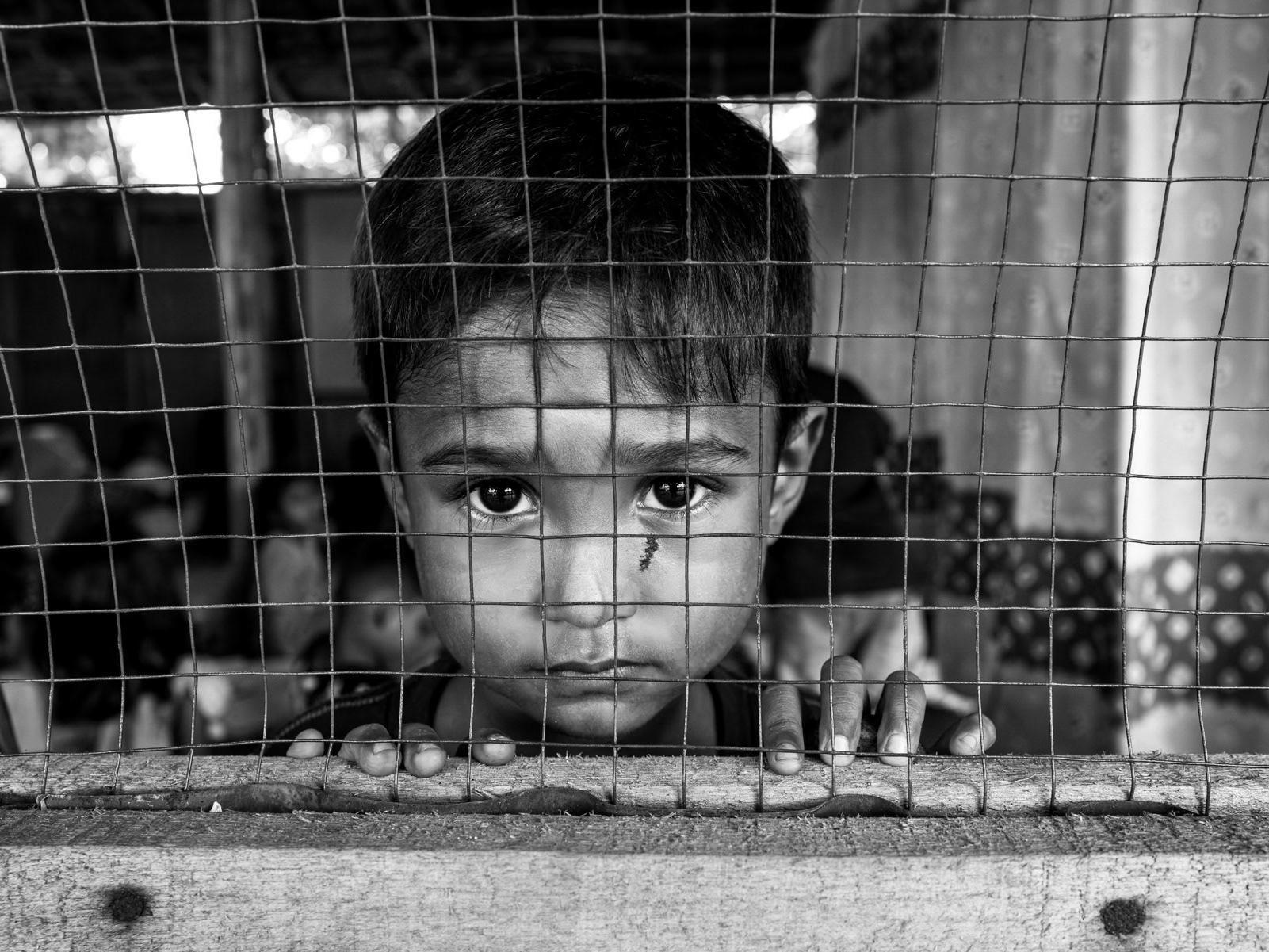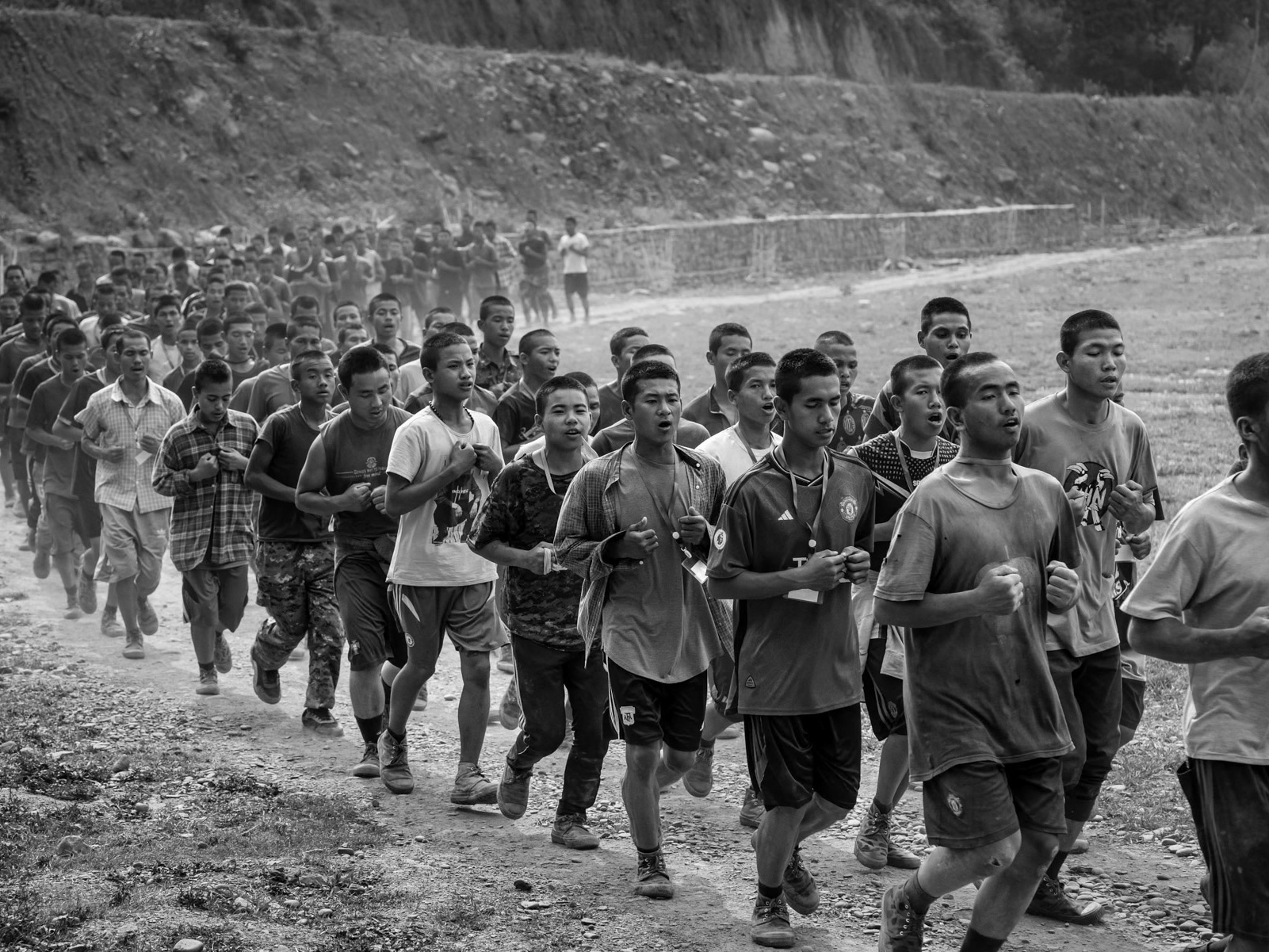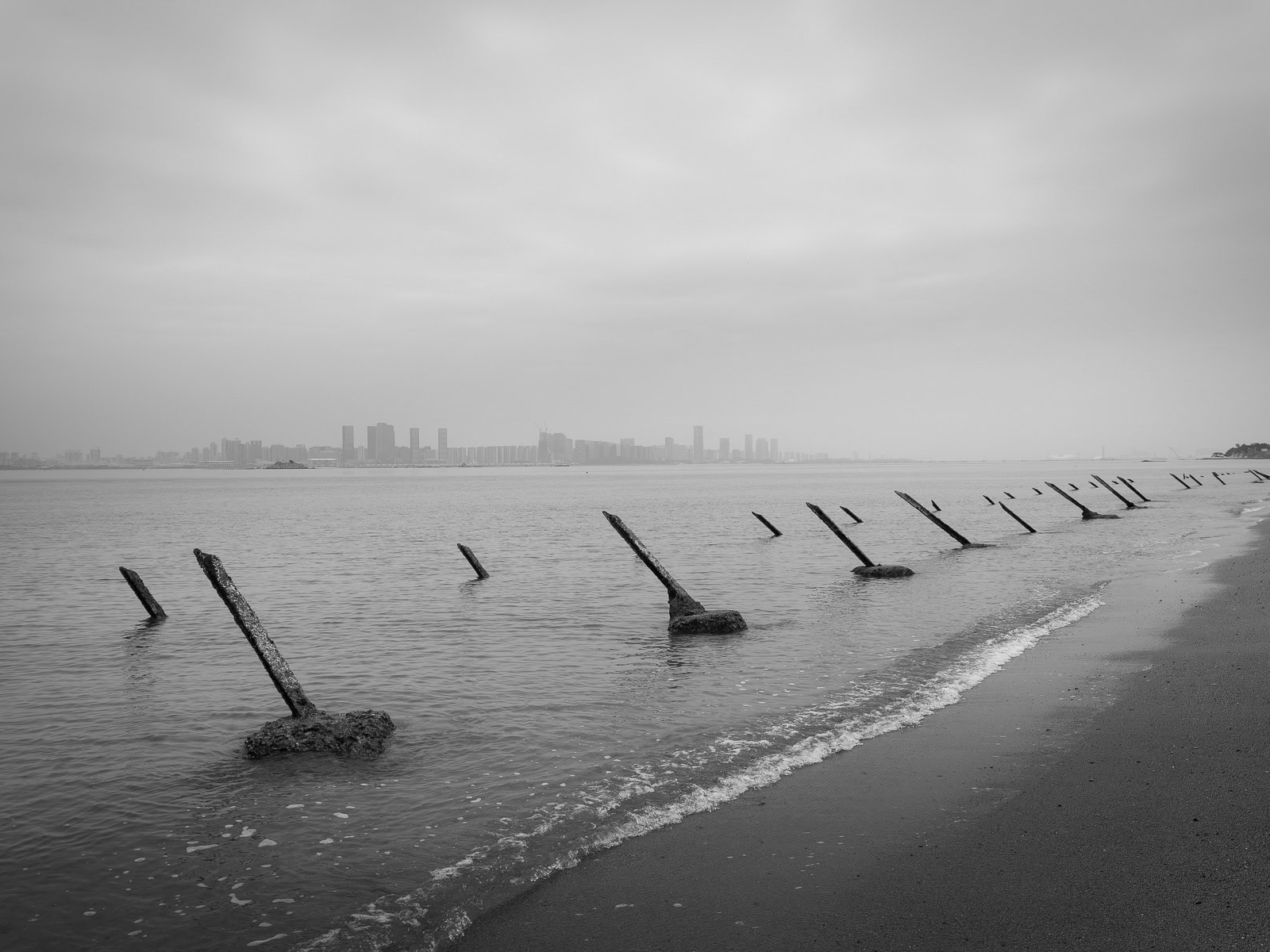Border Tensions, Displacement, and Geopolitical Pressure in Armenia’s Syunik Region
Syunik, in southern Armenia, has emerged as one of the South Caucasus’ most sensitive and contested regions. After more than 100,000 ethnic Armenians fled Nagorno-Karabakh in 2023, many resettled in villages north of Goris, especially around Tegh—the former corridor linking Armenia to Karabakh. Once quiet, these villages became a heavily militarized frontier after Azerbaijan’s takeover of Karabakh.
Life here is lived under constant tension. Farming, walking to school, and tending livestock occur in the shadow of Azerbaijani positions. For residents and displaced families alike, daily routines are fraught with uncertainty. Those who fled Nagorno-Karabakh face the added burden of trauma, now compounded by life on a new, unstable frontier.
Syunik is also central to broader geopolitical pressures. Azerbaijan seeks to establish the TRIPP corridor, a transit route through Armenia connecting its mainland to the Nakhchivan exclave. Armenia fears it could compromise sovereignty, while Azerbaijan views it as strategically essential. Since 2024, the United States has increased diplomatic engagement to prevent forced territorial concessions and support arrangements that preserve Armenian control—but tensions remain high.
The region’s geography amplifies its strategic importance. Meghri, a narrow passage between Iran and Azerbaijan, shows remnants of a Soviet-era railway, hinting at past connectivity and present isolation. Nearby, the Kajaran mine highlights the economic stakes tied to shifting borders and transit routes.
Syunik sits at the intersection of displacement, geopolitical rivalry, and fragile security. Its residents navigate daily life amid shifting borders and military pressures. “Corridor of Uncertainty” documents this complex reality, capturing a region where human resilience persists in the face of political upheaval, conflict, and uncertainty.
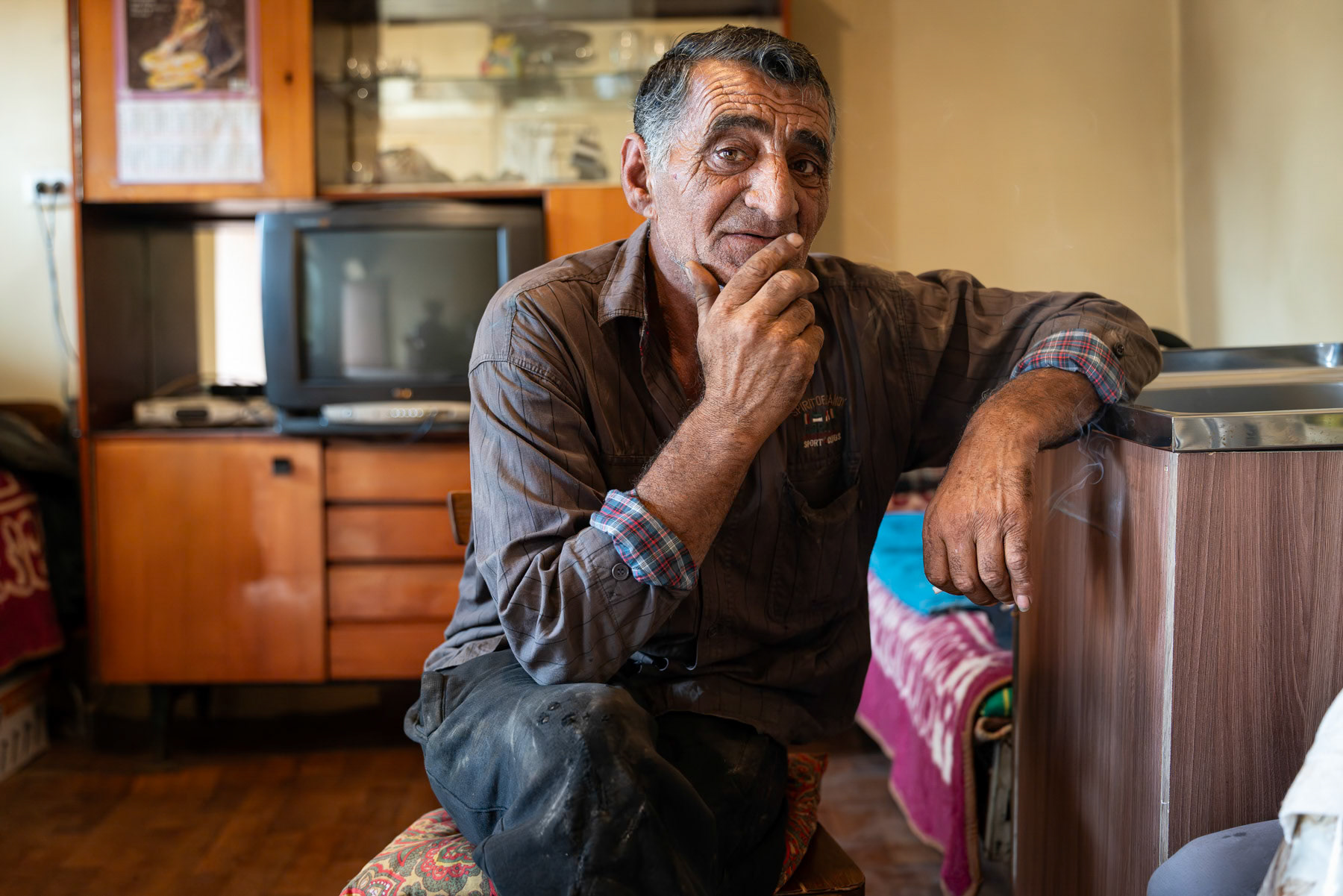
Genarik, in his house in Khantsakh, a village on the new front line between Azerbaijan and Armenia since the 2020 Nagorno-Karabakh war. The residents of these border villages feel abandoned and left to fend for themselves, with very few public services available to them. Syunik, Armenia, September 2025
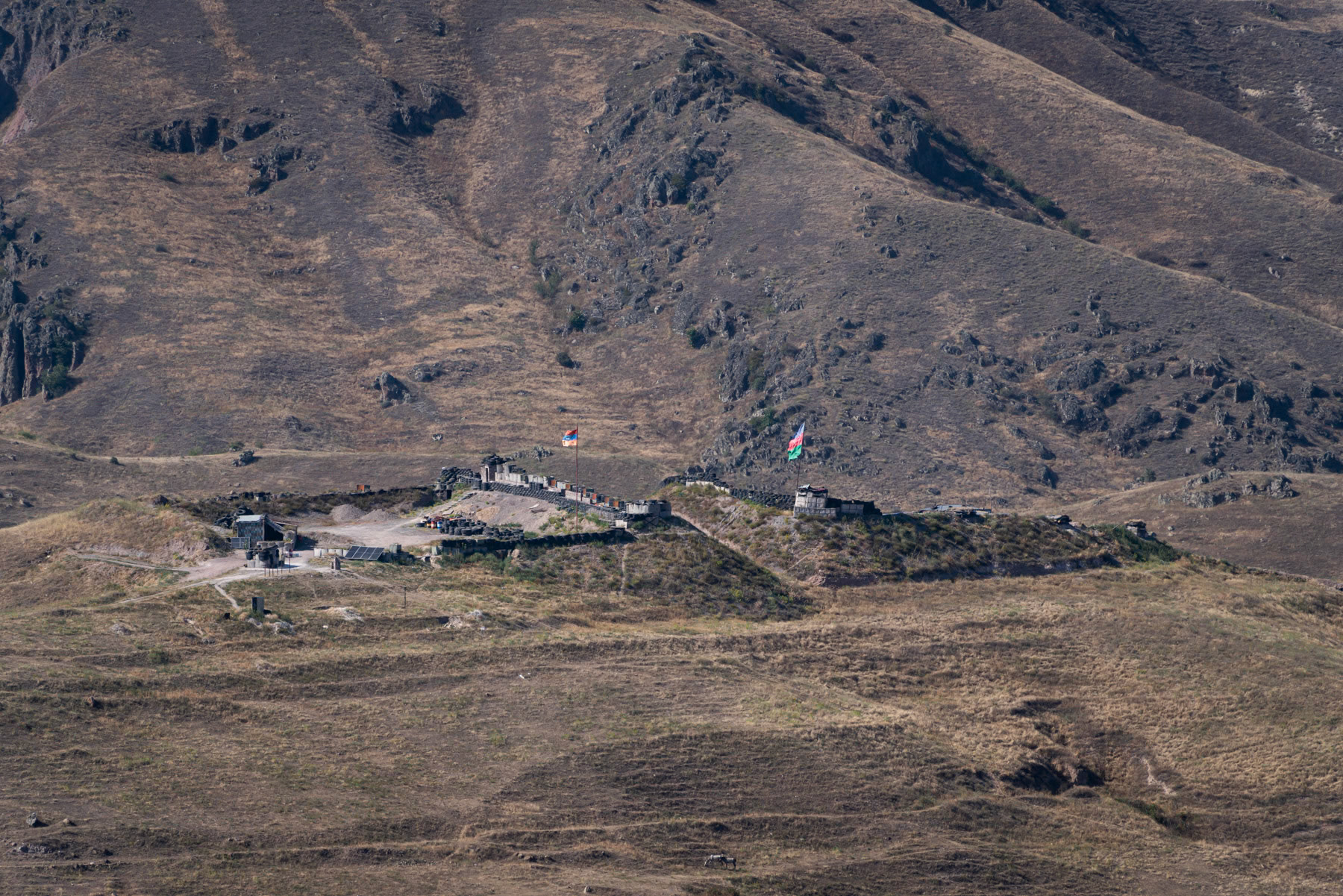
A fragile border in Khantsakh, where Azerbaijani and Armenian positions are separated by just five meters. There's palpable tension in these villages in the Syunik province of Armenia. September 2025.

The old Meghri train station, used in the Soviet era to connect Yerevan, Nakhchivan, Nagorno-Karabakh, and Baku via this railway corridor in southern Syunik. Meghri, Syunik, Armenia, September 2025
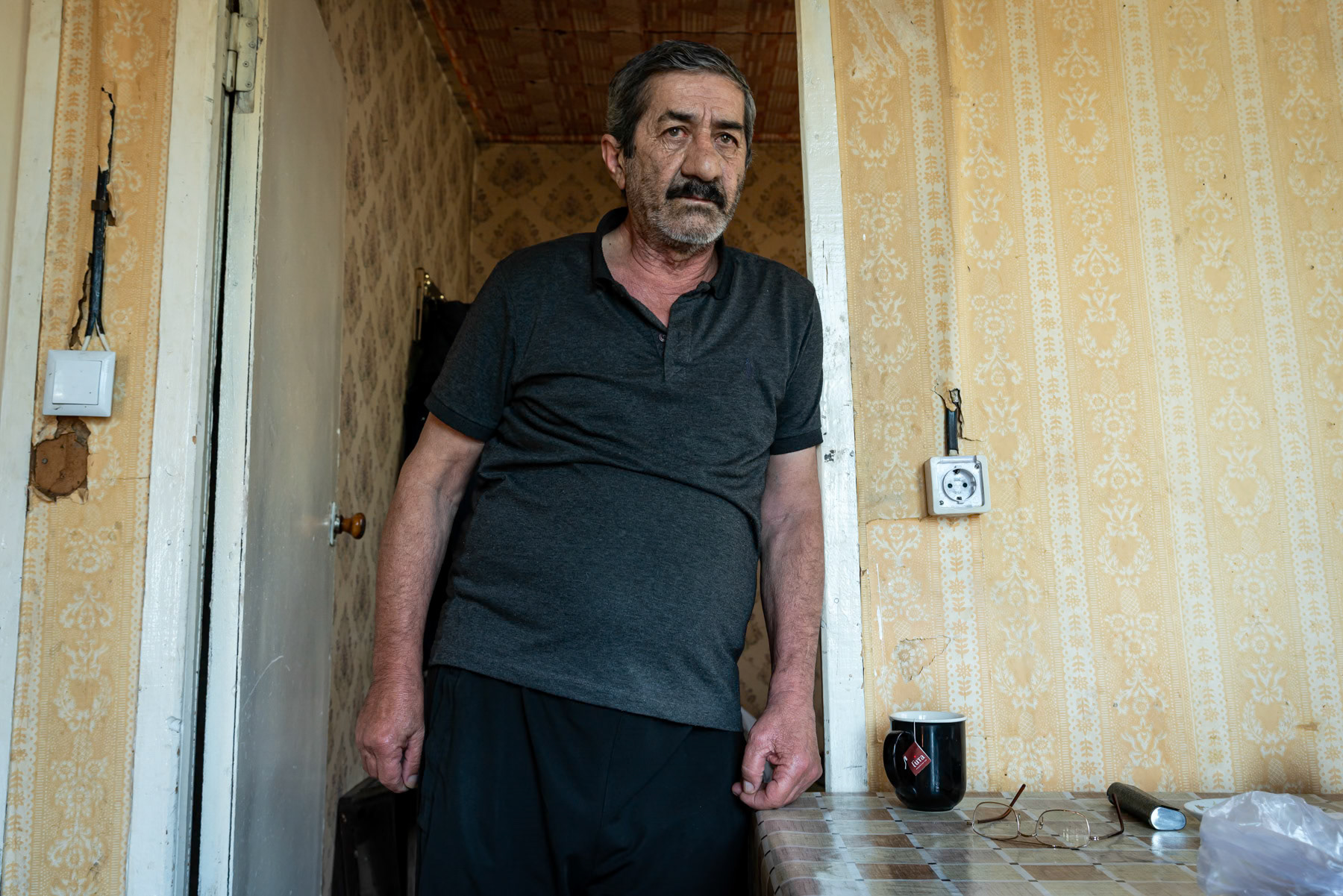
Garik, 70, a displaced person from Hadrut in Nagorno-Karabakh, has lived in a "Domik," a prefabricated Soviet-era house, since 2023. Verishen, Syunik, Armenia, September 2025

A gigantic open-pit mine where copper, gold, and several rare metals are extracted. This mine is the region's main source of income. Kajaran, Syunik province, Armenia, September 2025

Ella is in her kitchen, preparing vegetables to preserve for the winter months. Ella and her husband have been displaced from Nagorno-Karabakh since the end of 2020, when the Lachin Corridor, which connected Armenia to Nagorno-Karabakh, came under Azerbaijani authority. Arabus, Syunik, September 2025

The Aras River marks the natural border between Armenia and Iran. This is also where the famous Zangezur Corridor is expected to pass on the Armenian side, connecting Azerbaijan to its Nakhchivan exclave, which is visible in the background. Meghri, Armenia, September 2025

Armenian special forces on patrol along roads near Azerbaijan. Syunik, September 2025
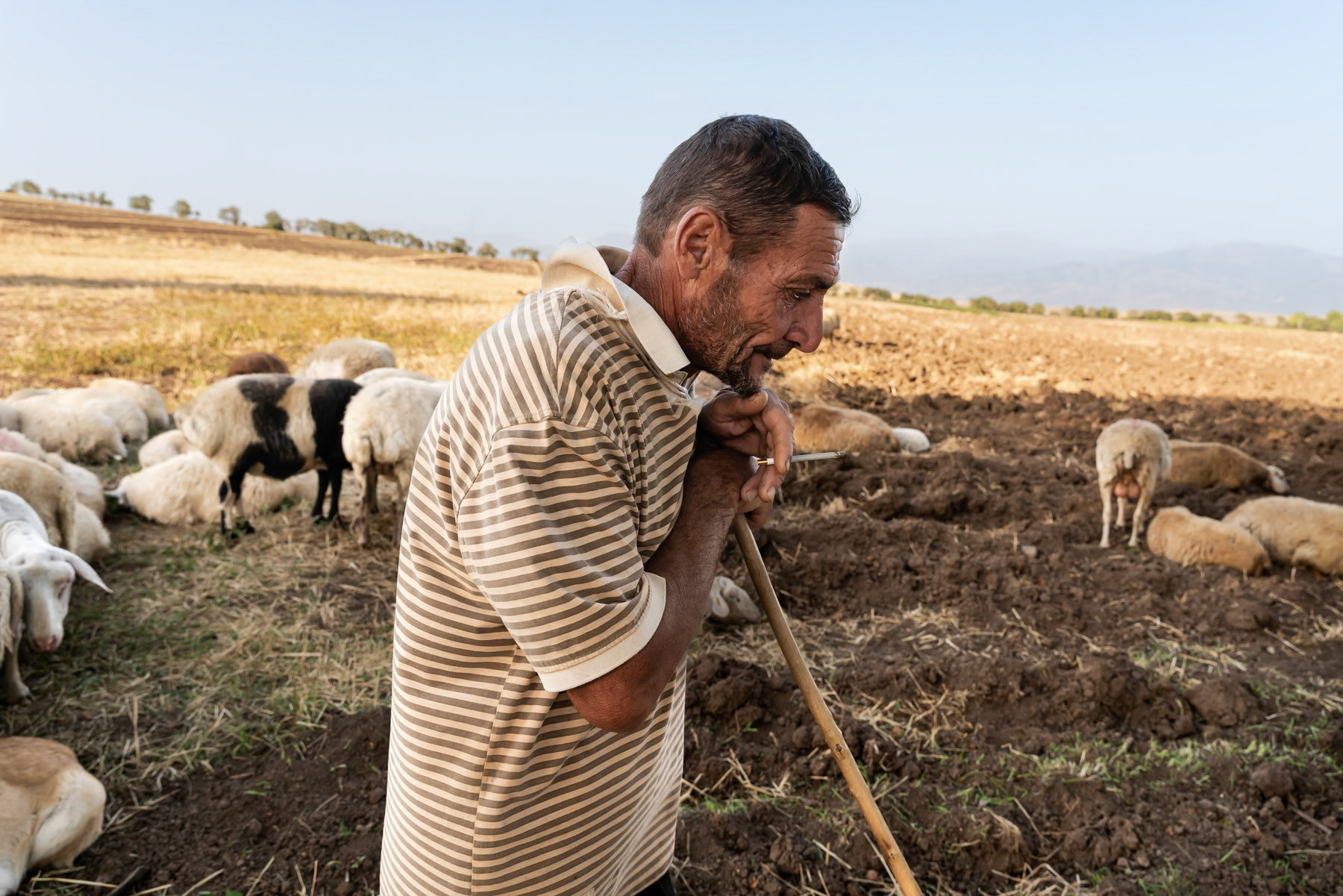
Sasum, a shepherd, owns 200 sheep. He used to have many more and could graze his flock in Nagorno-Karabakh. Now that the region is under Azerbaijani control, he has to confine himself to the area around his village, which has reduced his flock due to a lack of sufficient pastures. Khndzoresk, Syunik, Armenia, September 2025
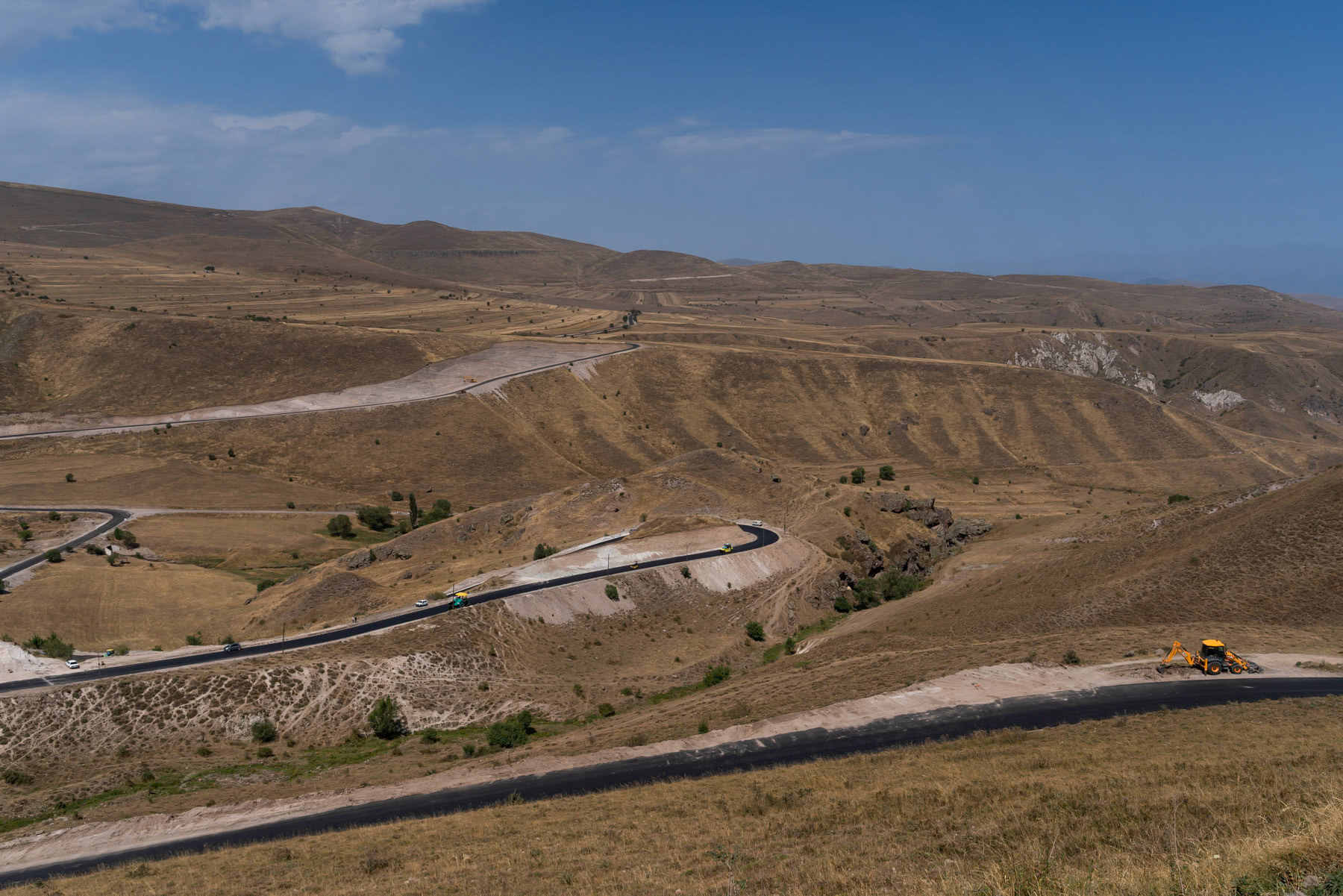
New roads are under construction at high altitudes in the Syunik region, primarily to allow the Armenian army to build and staff the military fortifications being erected along the new front line. Syunik, Armenia, September 2025
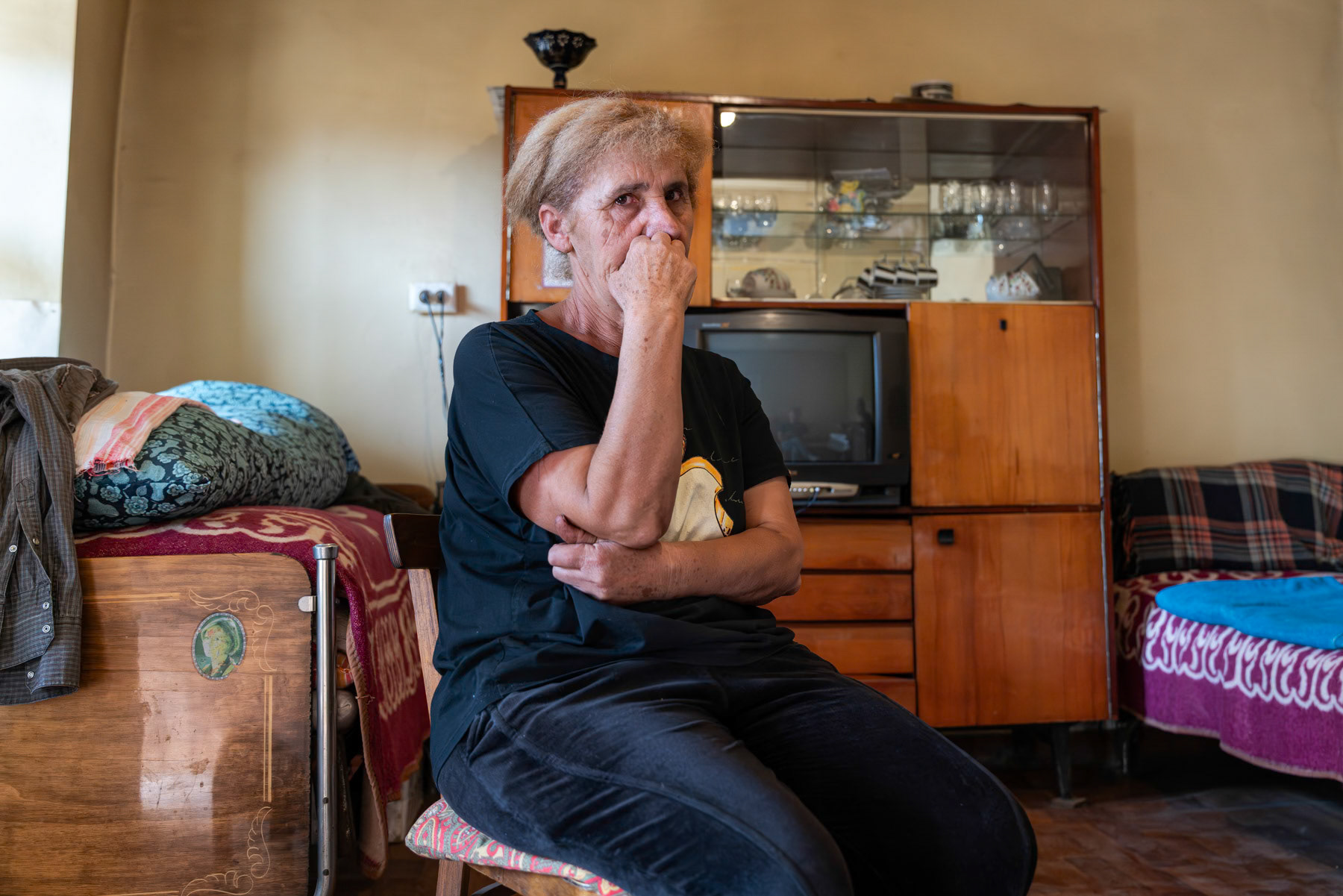
Zina, in her house in Khantsakh, a village on the new front line between Azerbaijan and Armenia since the 2020 Nagorno-Karabakh war. The residents of these border villages feel abandoned and left to fend for themselves, with very few public services available to them. Syunik, Armenia, September 2025

An Armenian military post along the new border with Azerbaijan, overlooking the mountains of Nagorno-Karabakh, which is now entirely under Azerbaijani control. Khantsakh, Armenia, September 2025
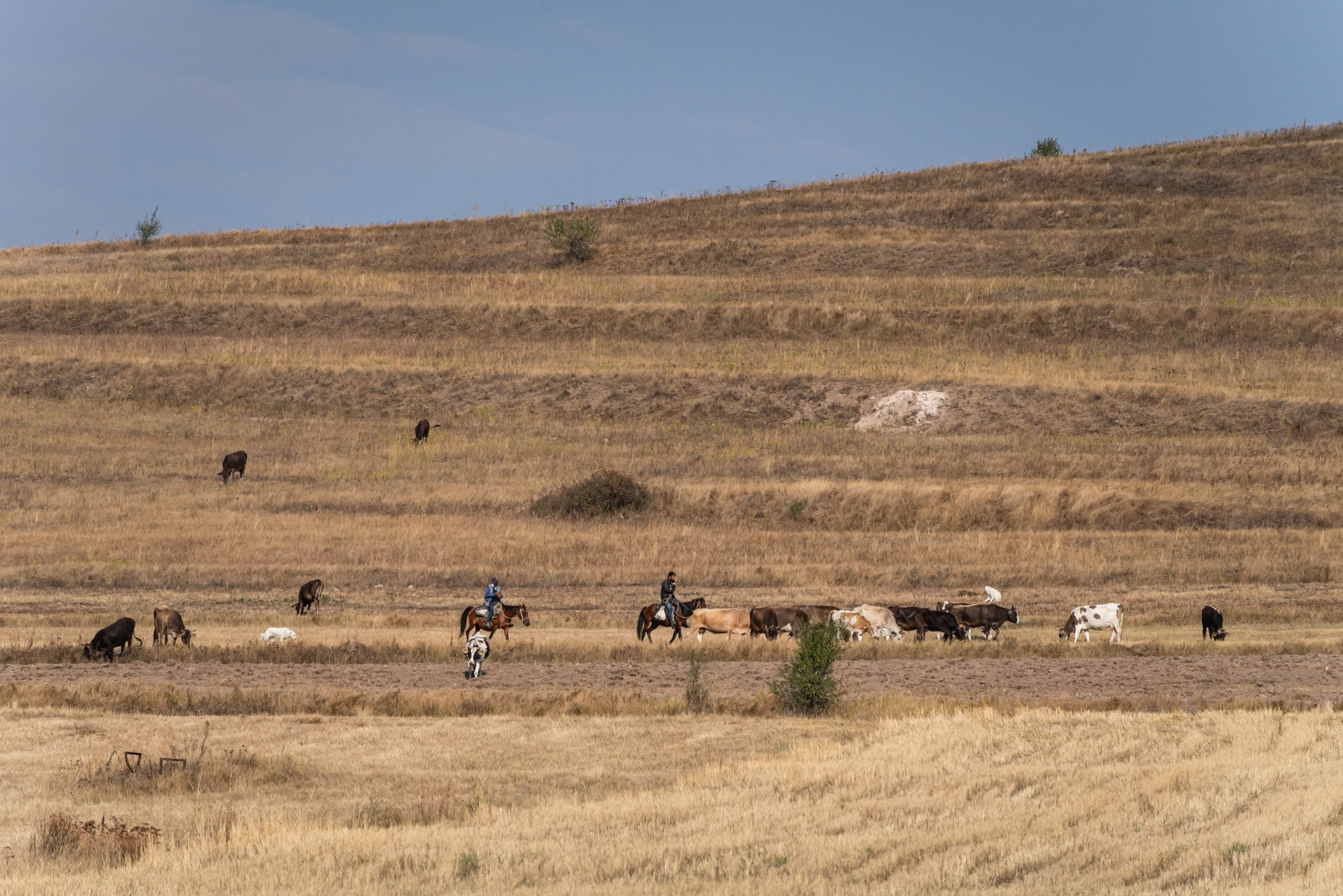
A herd of cows goes out to graze. Since the loss of Nagorno-Karabakh, the lives of Armenian livestock farmers have become a challenge, as their grazing territory has been significantly reduced. Syunik, Armenia, September 2025
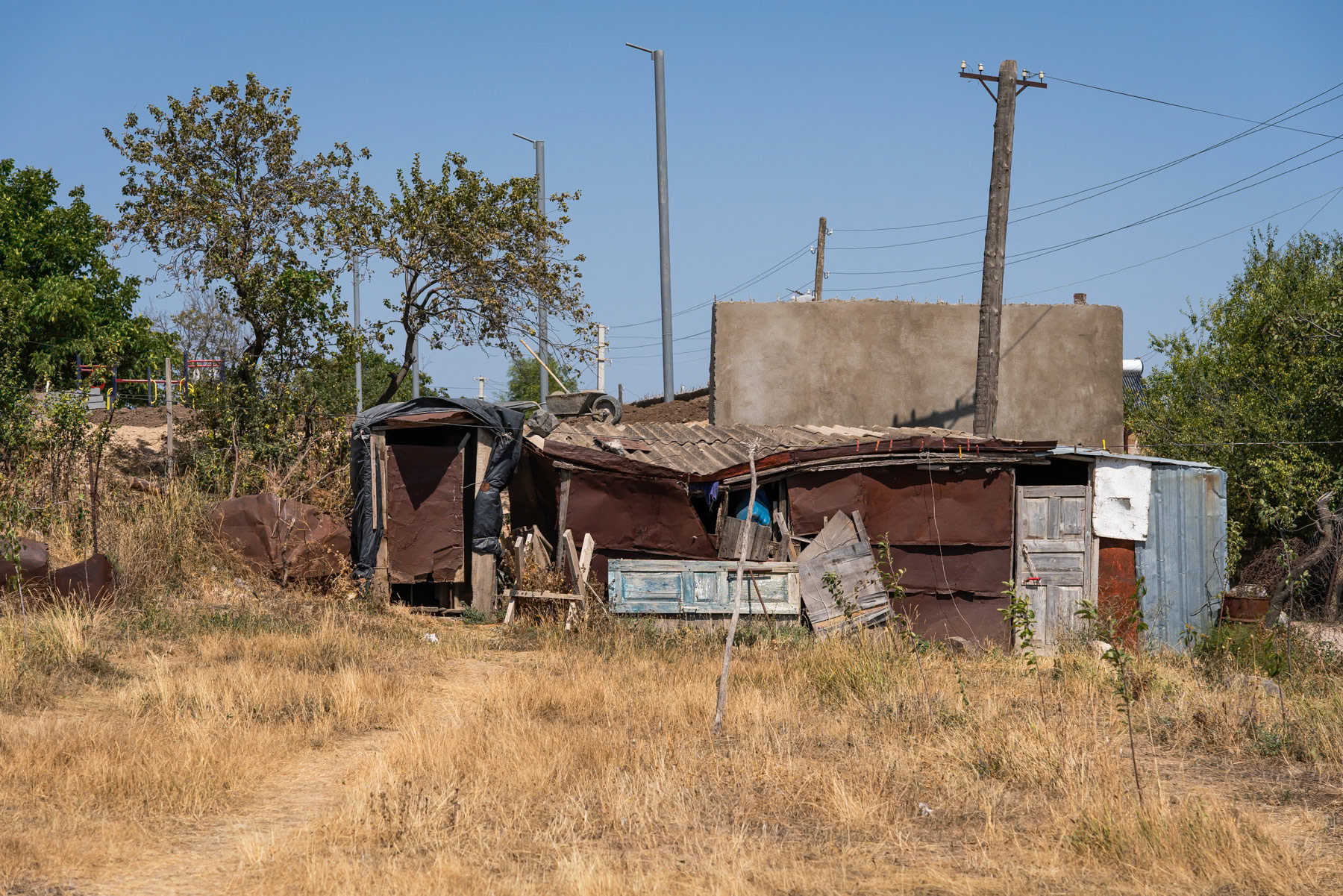
"Domiks," temporary Soviet-era shelters made of sheet metal that are impossible to heat in winter, are still used today by poor families or by people displaced from Nagorno-Karabakh. These individuals lost all their belongings and their homes when they had to flee the region in 2020 and again in 2023. Arabus, Syunik, Armenia, September 2025
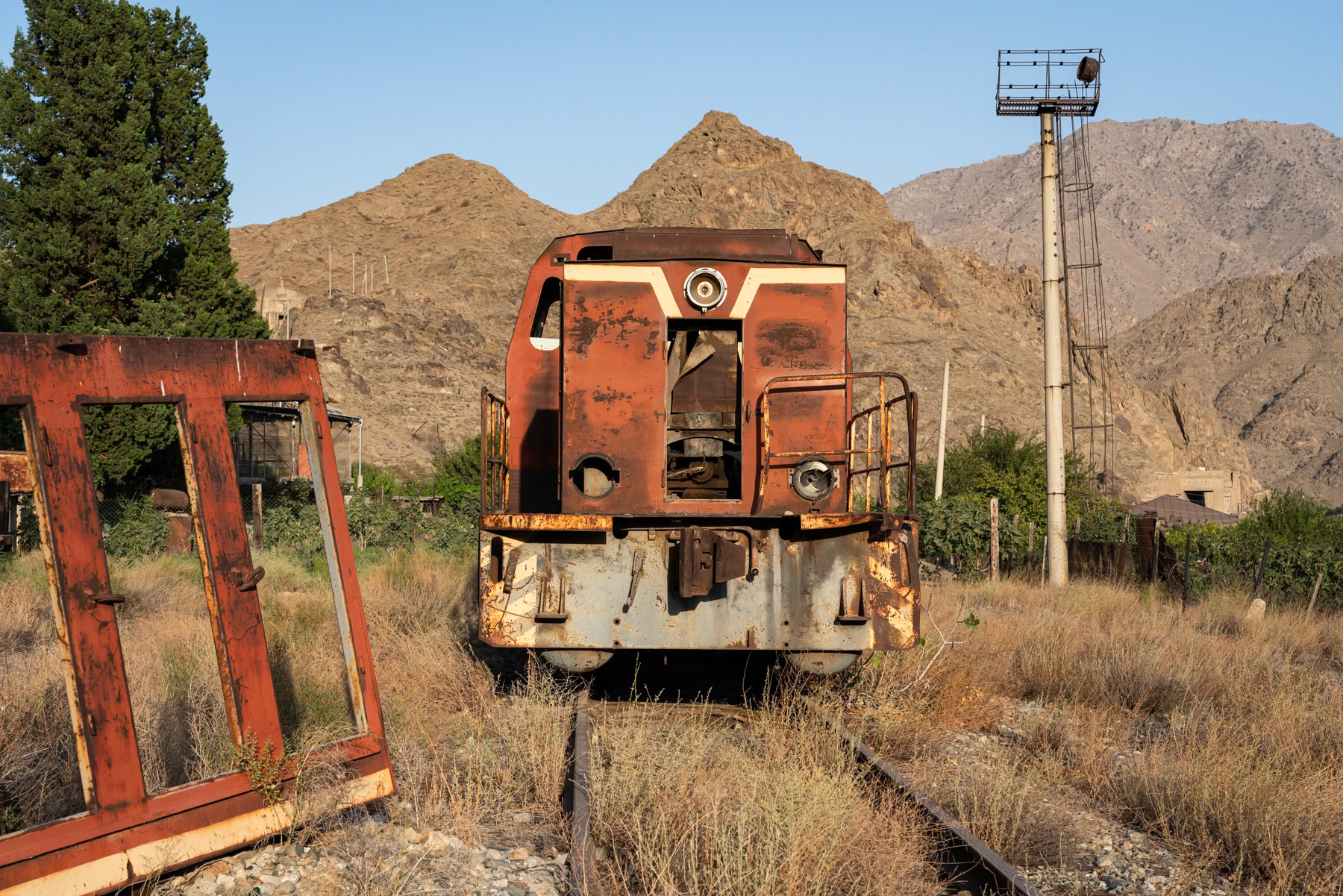
The old Meghri train station, used in the Soviet era to connect Yerevan, Nakhchivan, Nagorno-Karabakh, and Baku via this railway corridor in southern Syunik. In the background, you can still see the railway's mountain tunnels. Meghri, Syunik, Armenia, September 2025
